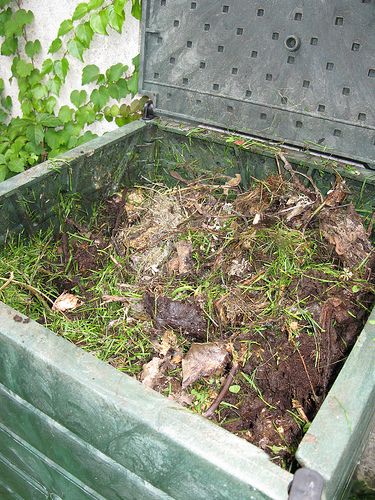
Home composting reduces (or seriously reduces) chemical herbicides; adds tilth, structure, and nutrition to garden soil; and further supports sustainability by encouraging a wildlife-friendly environment. Composting is sustainability at its finest for plants and the other living organisms on this planet — it’s the original earth-friendly practice.
Don’t let the myth that it takes a lot of time and effort to achieve the best soil amendment put you off to composting. This couldn’t be further from the truth. Compost happens and it’s only a matter of degrees when it comes to how quickly you’ll have it. There are several ways to get this rich, crumbly stuff into your hands and garden.
Some Like it Hot: Active Compost Piles
Composting can be just about as labor-intensive as you’d like it to be. If you want compost or humus quickly, you’ll do a lot of balancing of greens and browns along with regular pile turning. Hot composting is also referred to as “fast” or “active” composting with the interior of the pile reaching from 120 degrees to 160 degrees. “
The primary advantage of hot composting is, of course, speed. As gardeners we want our humus as fast as naturally possible. Fast piles generate heat that can kill undesirable pathogens lurking within the materials as well as burn up any weed seeds.
Because hot piles break down quickly, the nutrients don’t leach out of the compost and the final product tends to hang onto the good stuff better than the compost which arrived via the cool process. The speed of hot composting has yet one more advantage; decomposition happens so quickly that flies and other undesirable critters are less likely to move in. This is a distinct advantage to urban gardeners as their homes are often close in proximity to one another.
To keep a hot pile decomposing at peak performance, you’ll have to pay more attention to the carbon: nitrogen (C: N) balance and turn the pile two to three times a week. This isn’t necessarily difficult, but sometimes time is at a premium in our lives, and it’s what keeps some people from starting a compost pile at all. People assume that composting is quite a commitment. It needn’t be.
Don’t worry about the specific C:N ratio when you’re adding to the pile. To keep it cooking, just add the same amount of greens as you are browns. If you have a small bucket of grass clippings, also add a small bucket of straw or dried leaves for example.
Some Like it Cold: Passive Compost Piles
There’s freedom in creating a cold compost pile. By freedom I mean you can do pretty much whatever you’d like with this pile and it works it’s magic in temperatures of 90 degrees or below. Ideally, you still want to get both browns and greens in there, and some good manure if you can swing it.
The biggest advantage to an passive compost pile is that it’s easy to start and maintain. Actually, easy doesn’t begin to describe it since there’s nearly zero work after you toss organic matter into a pile or bin. Workaholics and over-achievers are partial to this type of composting because they usually have very little in the way of extra time.
Whenever you pile organic materials and pretty much leave it, the compost critters still have their way with it; just at much cooler temperatures. So it can take much longer to harvest – even up to a year.
Composting Somewhere in the Middle
The third option is to build a compost hybrid between the hot and cold compost; a “warm” pile if-you-will. It’s built like a hot pile originally, but isn’t turned nearly as much – maybe once a week or less. However, access a fair amount of good animal manure such as rabbit poop, is key. Manure from herbivores tend to act as a turbo boost for a predominately passive pile. Compost from this type of pile happens in about three months or less.
Won’t a Compost Pile Smell?
In an urban and suburban situations, this is a very good question and needs to be addressed as this is another myth that keeps a lot of people from composting for fear of offending the neighbors. The short answer is no. Or at least, it shouldn’t smell bad. Organic matter that’s composting has a nice, woodsy-earth smell.
If there’s a bad odor, it may be due to excessive nitrogen piled too deeply – such as a very thick layer of grass clippings or the pile has some anaerobic pockets due to insufficient oxygen. The solution would be to add carbon materials and turn the pile over. Also, the wrong food waste such as meat or dairy may have been added; in which case you would remove the offending waste and turn the pile.
Looking for a few more tips? Check out The Difference Between Hot, Cold, and Warm Compost Piles.
Great “Green” (Nitrogen) Sources:
- grass clippings (herbicide and pesticide-free)
- green plants and shrub leaves
- animals manure (from herbivores such as rabbits, goats, alpacas, sheep, cows and horses)
- Kelp/seaweed
- Aquarium water
- alfalfa meal
- alfalfa hay
- coffee grounds
Great “Brown” (Carbon) Sources:
- Aged (dried) hay
- sawdust
- dried grasses
- cardboard
- paper
- straw
- wood ash (not coal ash)
- nrespaoer
- shredded documents
- toilet paper and paer towl rolls
- chipped wood
- cardboard egg cartons
Fine Gardening Recommended Products

SHOWA Atlas 370B Nitrile Palm Coating Gloves, Black, Medium (Pack of 12 Pairs)
Fine Gardening receives a commission for items purchased through links on this site, including Amazon Associates and other affiliate advertising programs.

Razor-Back Potato/Refuse Hook
Fine Gardening receives a commission for items purchased through links on this site, including Amazon Associates and other affiliate advertising programs.
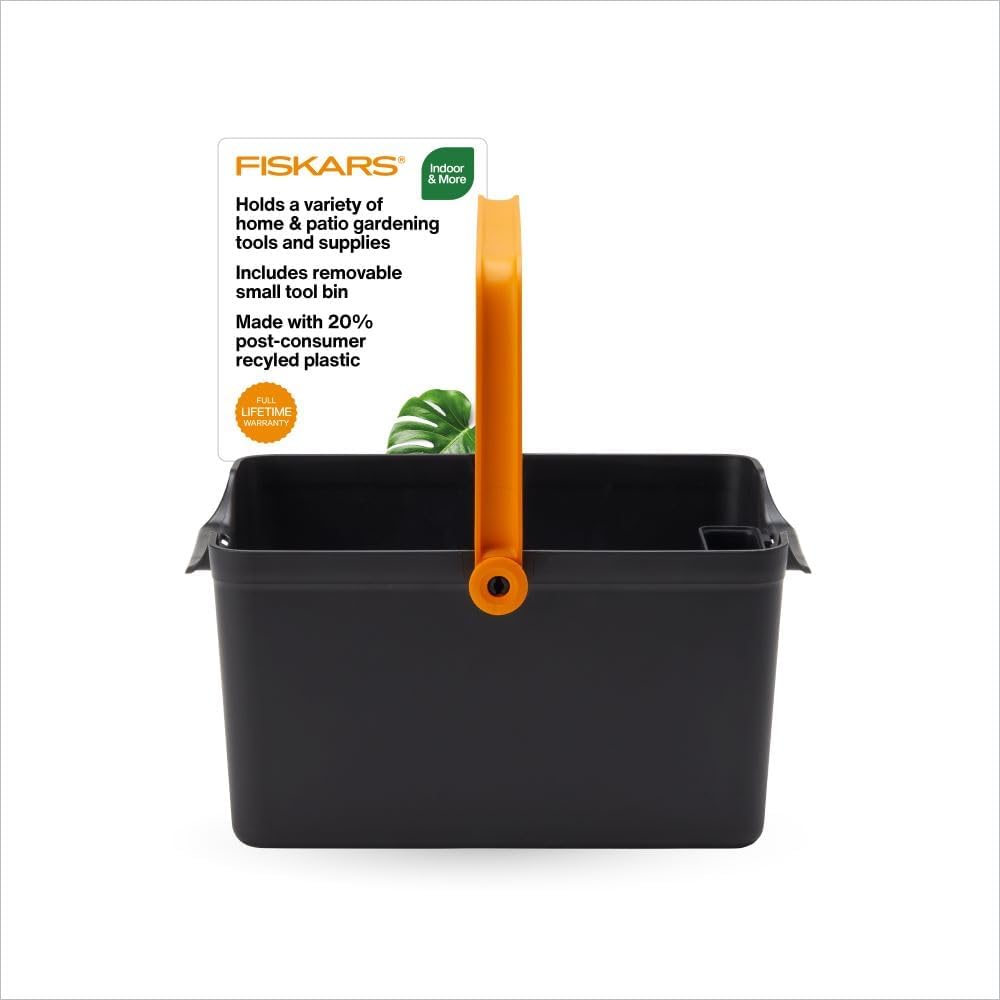
Fiskars Garden Tool Caddy with Removable Small Tool Storage for Indoor and Outdoor Gardening Use, Made with Recycled Plastic
Fine Gardening receives a commission for items purchased through links on this site, including Amazon Associates and other affiliate advertising programs.


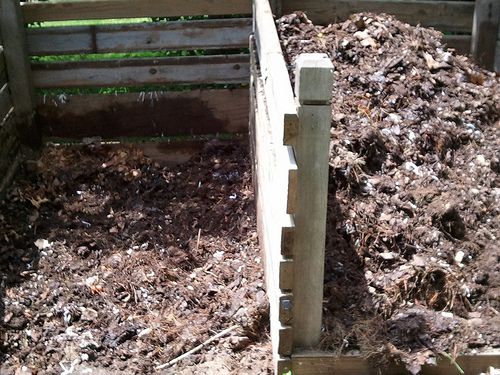
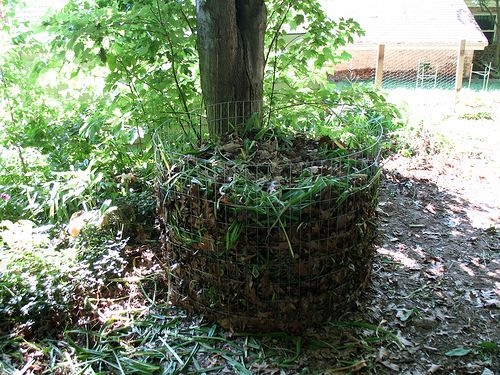
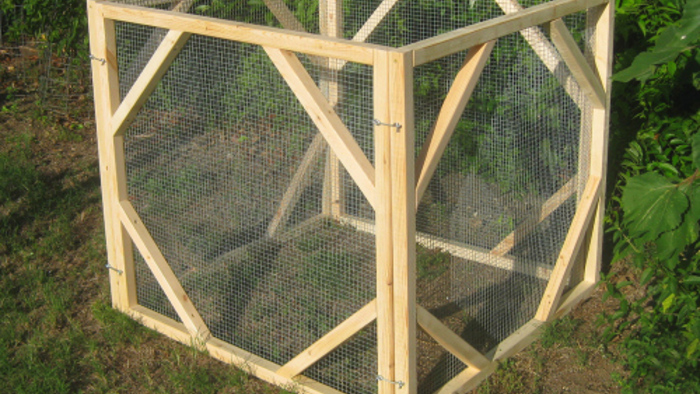

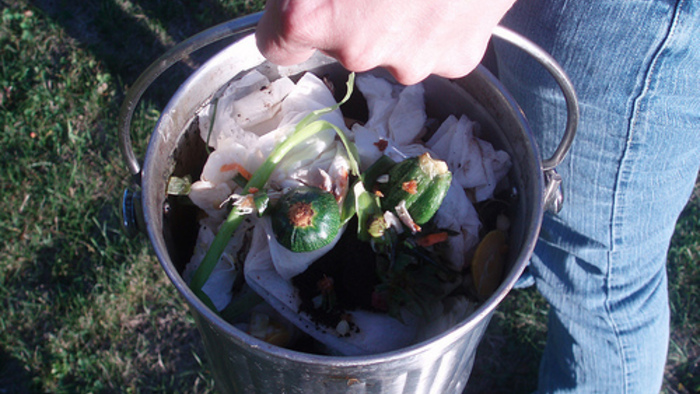














Comments
Log in or create an account to post a comment.
Sign up Log in